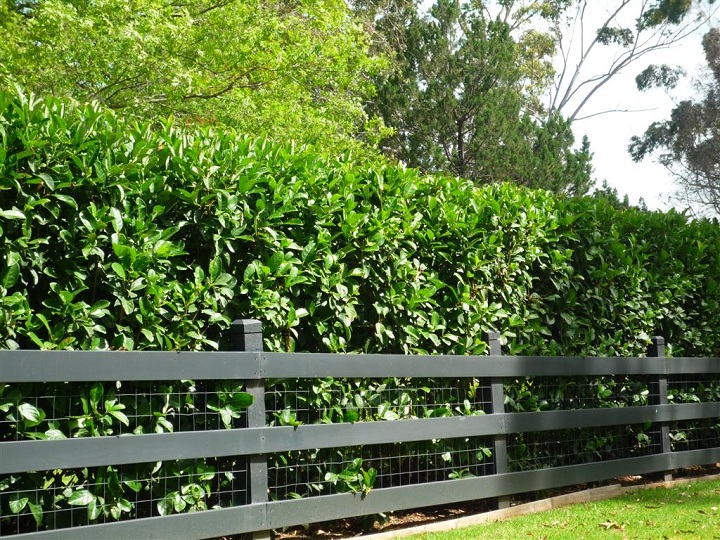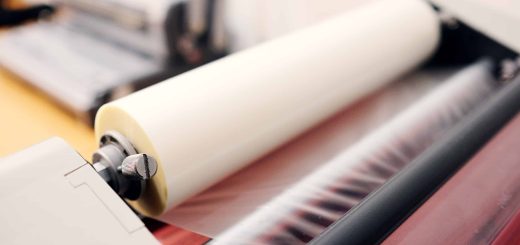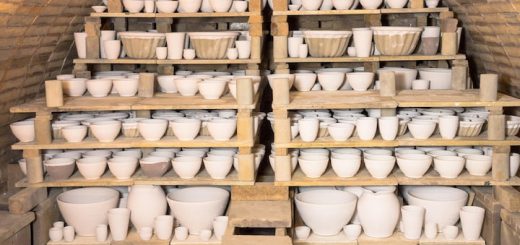Everything You Need to Know About Drain Cameras
Clogged drains can soon turn from a foul-smelling headache into a homeowner’s worst nightmare. Bubbling toilets, water backing up in sinks, showers, and tubs, anxiously slow drainage, washing machines unable to complete cycles, unexplained puddles and the signature stench are just a few signs that the drains in your home are clogged. And there are dozens of reasons why this happens.
From the buildup of food, grease, and waste from kitchen sinks, or hair, soap, and toothpaste from tubs and sinks, to toilet paper, wipes, paper towels, and hygiene products from the dunny. These though are minor problems when compared to the biggies -tree roots relentlessly bursting their way through sewer systems, and pipes collapsing due to shifting ground or major damage.
Determining the reason for obstructed and damaged piping requires a thorough drain inspection. Both homeowners and businesses are advised to get this done on a yearly basis and avoid any unwanted hassle or disruption in the long run. A drain inspection involves using a high-definition camera that is sent through the piping to get a clear picture of what exactly is going on. The camera will pinpoint the location and nature of the clogged piping, and any damage in the form of cracks, corrosion, decoupled fittings and sagging pipes. This will save both money and time from any unnecessary measures (often based on guesswork) and allows owners to determine what needs to be done to get the issue fixed as painlessly and quickly as possible.
What are Drain Cameras?
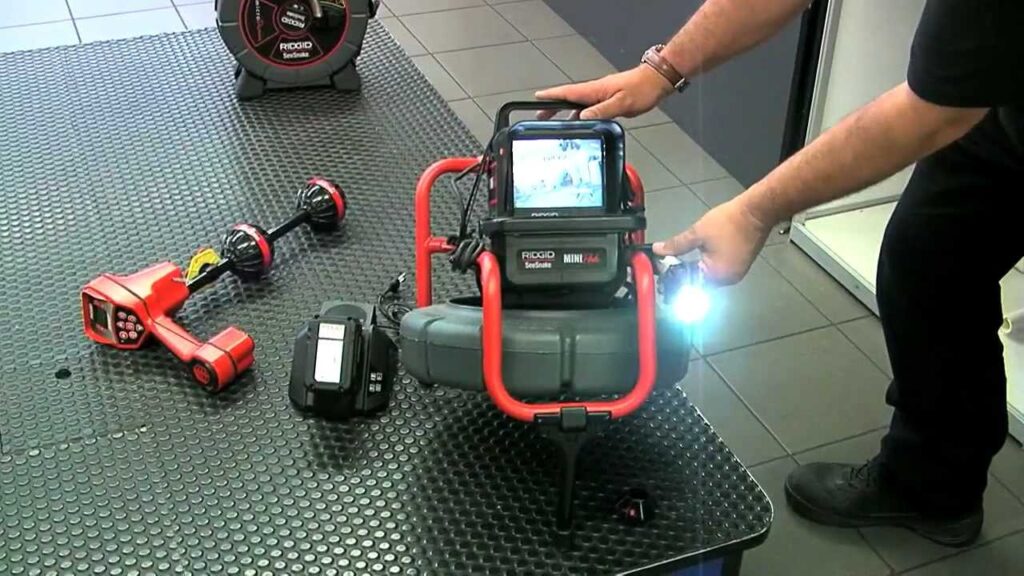
Drain inspection cameras are the tools used by plumbers, contractors, home inspectors, engineers, and council workers to determine the condition of drains, pipes, sewage, and stormwater lines. Though this is their primary purpose, they are also used to pinpoint problems in air-conditioning ducting and by mechanics when inspecting exhaust pipes. Basically, an all-around instrument to give relevant visual and audio data in hard-to-reach places. With technology advancing, an HD drain camera will have all the features to quickly and precisely detect any faults, damage, and clogging. And store the collected data for future reference.
Parts of a Drain Inspection Camera
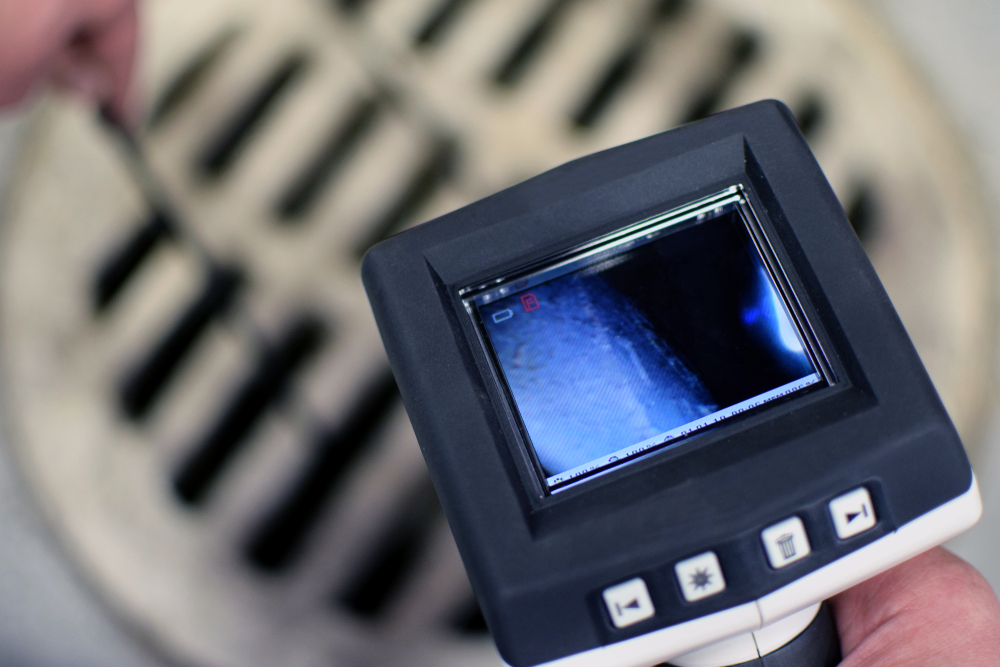
Lens and Sensor
The business end of an HD drain camera is the lens coated with sapphire glass and an industry-grade sensor capturing the image. Lenses are designed to be able to pan and tilt and capture 360-degree horizontal and 180-degree vertical snapshots as the camera slithers its way through the piping. Lenses have a wide-angle view, but images can also be zoomed in allowing precise results in longer lengths of piping. Both auto and manual focusing is supported. Surrounding the lenses are integrated LED lights with adjustable brightness settings for optimal illumination. The assembly is housed in an aluminium alloy casing for extreme strength and is resistant to knocks, corrosion, and liquids.
Cable Reel
A drain camera is affixed to the end of a fibreglass reel with a waterproof-resistant PVC coating. This houses the twisted pair of coaxial cabling that transmits the images to the monitoring hub above ground. Located between the camera and cable is a sonde that beams the exact location. Cables need to be the right length for the application, with 30-metre cabling used in household inspections, and 60-metre reels for inspecting larger areas like street sewage and stormwater pipes, as well as industrial and commercial sites.
Monitor Hub
Images are relayed live to a monitoring hub. This consists of a large LCD flat screen with high brightness to counter sunlight. The camera controls are also located here, allowing switching between video and stills, zooming in and out, and controlling the tilt and pan functions. Finds can be displayed with map overlays and the exact coordinates and details as to time, date, location and any specifics can be entered with the supplied keyboard. The hub also has internal storage and can transfer images to SD cards or via a USB port to connected devices. Powering the whole unit is a rechargeable lithium polymer battery, and this allows for long recording times.
Why Use a Drain Inspection Camera?

While units themselves are out of reach for most households price-wise, a drain inspection kit is an invaluable tool for professionals. These are industry-grade precision instruments built for the task and meant to be used on a daily basis. For homeowners, inspections are relatively cheap (considering the alternatives) and last only a couple of hours. Here are some of the benefits a high-definition drain camera brings:
- • Fast, precise and detailed diagnosis of all piping issues with HD video and stills
- • Condition of pipes and fixtures, including leaks, breaks, clogging, and pipe/fixture layout and materials
- • Cost-effective and timely repairs can be carried out with minimal disruption or damage to surrounding areas
• No trenching or excavation, keeps lawns and properties in pristine condition
• Retrieval of lost valuables
Buy or Hire?
Homeowners can hire drain inspection kits and do the work themselves. For decent results, though, a professional plumber is the way to go, and these are indispensable instruments in any plumber’s toolkit. Smaller handheld units are lightweight, portable, and affordable for what they deliver. More robust builds, better materials, and fully-featured kits will include longer reels, better cameras, and more options with the monitoring hub. And they’ll have the price tags to match.

